Dogs of the Dow 2023: 5 Dividend Stocks to Watch
The 2023 lineup of Dogs seems to face thornier problems than in years past. Here are five names to watch for those who adhere to this decades-old income-and-value strategy.


The infamous Dogs of the Dow strategy is simple: At the start of each year, buy the five (or 10) highest-yielding stocks. Remember, high dividends mean low stock prices. The theory goes that as Dow stocks are some of the largest, best-managed companies in the world, they will, inevitably, recover.
While these dogs may not be the best Dow dividend stocks, they certainly offer a lot of yield. For instance, Verizon's (VZ) dividend, at nearly 7%, rivals the long-term return of the S&P 500. In most instances, the proposition here comes down to getting paid a lot to wait out whatever malaise a company is facing.
This year's crop of Dogs seems to face thornier problems than in years past. From Verizon trying to time the arrival of 5G, to Intel's (INTC) increasingly perilous position in the chip business to IBM's (IBM) fight for share among trillion-dollar tech giants, these dogs face a steep climb.
But ultimately, every dog has its day, and the ones that were at the bottom of the heap many times show up at the top. The proof is in the pudding. For the 20 years ended 2020, the Dogs of the Dow strategy returned 9.5% versus 7.5% of the S&P 500, a spectacular beat. It underperformed the S&P 500 in 2021 by 16 percentage points and so far this year, the Dogs are down less than the market at large.
Absent any dramatic changes, here are five of 2023's Dogs of the Dow.
Data is as of Nov. 18. Dividend yields are calculated by annualizing the most recent payout and dividing by the share price. Stocks are listed in reverse order of yield.
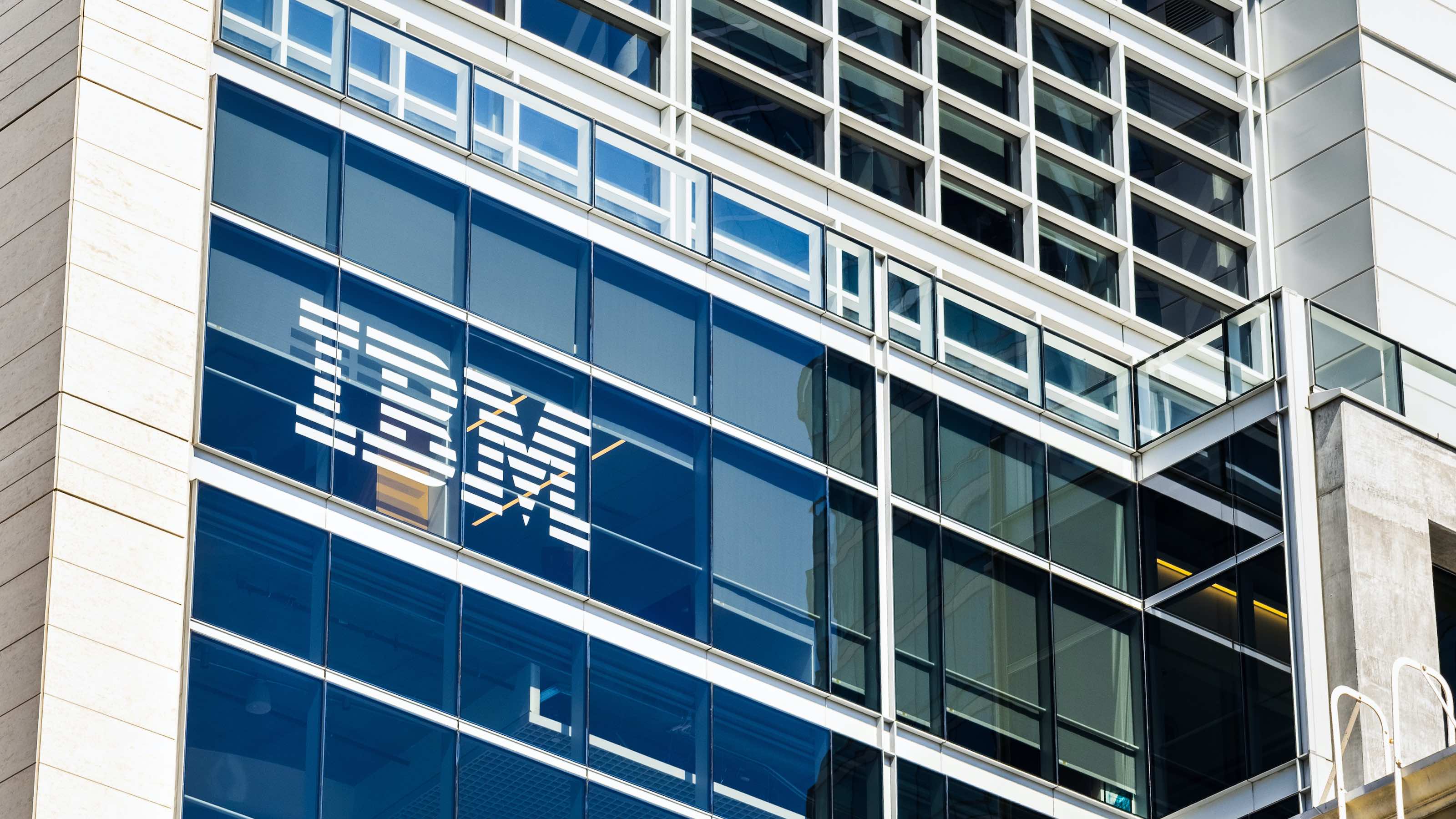
International Business Machines
- Market value: $132.3 billion
- Dividend yield: 4.5%
A strong third-quarter earnings report from International Business Machines (IBM, $147.64) in October sent shares up 6%. Though welcome, it feels like Lucy might be yanking the football from Charlie Brown. Again. We've been here before. IBM has been in the doghouse since 2016. That's a lot of yield for investors, but not much growth. Shares of IBM, at about $147, are still below where they started 2018. Hey, they don't call them the Dogs of the Dow for nothing.
Keep in mind that a decade ago, revenues at IBM were $105 billion, and last year they were $57 billion. It's not that they're caught up selling obsolescing "Big Iron" from a generation ago, but rather shedding lots of businesses and defining their core which now consists of software, consulting and IT infrastructure. There's some chatter that its IT infrastructure group, which accounts for about 25% of total revenue, could be divested, which would take a good chunk out of the $61 billion in 2023 forecasted revenues.
For investors, that leaves software and consulting as the businesses to watch, which were up 7.5% and 5.4%, respectively, in the last quarter. The core markets these businesses address – cloud computing, consulting and hybrid AI – are growers. Global IT spending is anticipated to rise to $4.6 trillion in 2025, up 5% over 2022, according to research firm Gartner. IBM is poised to increase revenues from this spend, and in this respect, there is an achievable and sustainable path to growth. However, this growth is likely to be slower and steady rather than rapid and meteoric. After all, Alphabet's (GOOGL) Google and Microsoft (MSFT) are swimming in the same pond.
Net-net, it's possible that IBM will spend another year in the doghouse. However, waiting it out with a 5% yield, and the financial strength to maintain it, may prove to be alluring for many investors.
As a footnote, IBM did show an operating loss of $3.2 billion during the last quarter, which might give pause. This loss was attributable to a change in pension operations, resulting in a $6 billion charge that had no impact on the company's cash. For the trailing 12 months ending the third quarter, IBM had free cash flow – cash from operations less capital expenditures – of $7.4 billion, more than three times the $2.1 billion in dividends paid.
With a lot of overseas business, the historically strong dollar currently delivers a big hit to IBM's revenues, and growth is better than the reported numbers. In its latest earnings report, IBM said it expects revenue growth "above its mid-single digit model," with currency translation presenting a seven percentage point hit.
IBM's core markets in cloud computing, consulting and hybrid AI, are growers, so there is a path to earnings growth, but with a single digit forecast, it's not going to be fast.
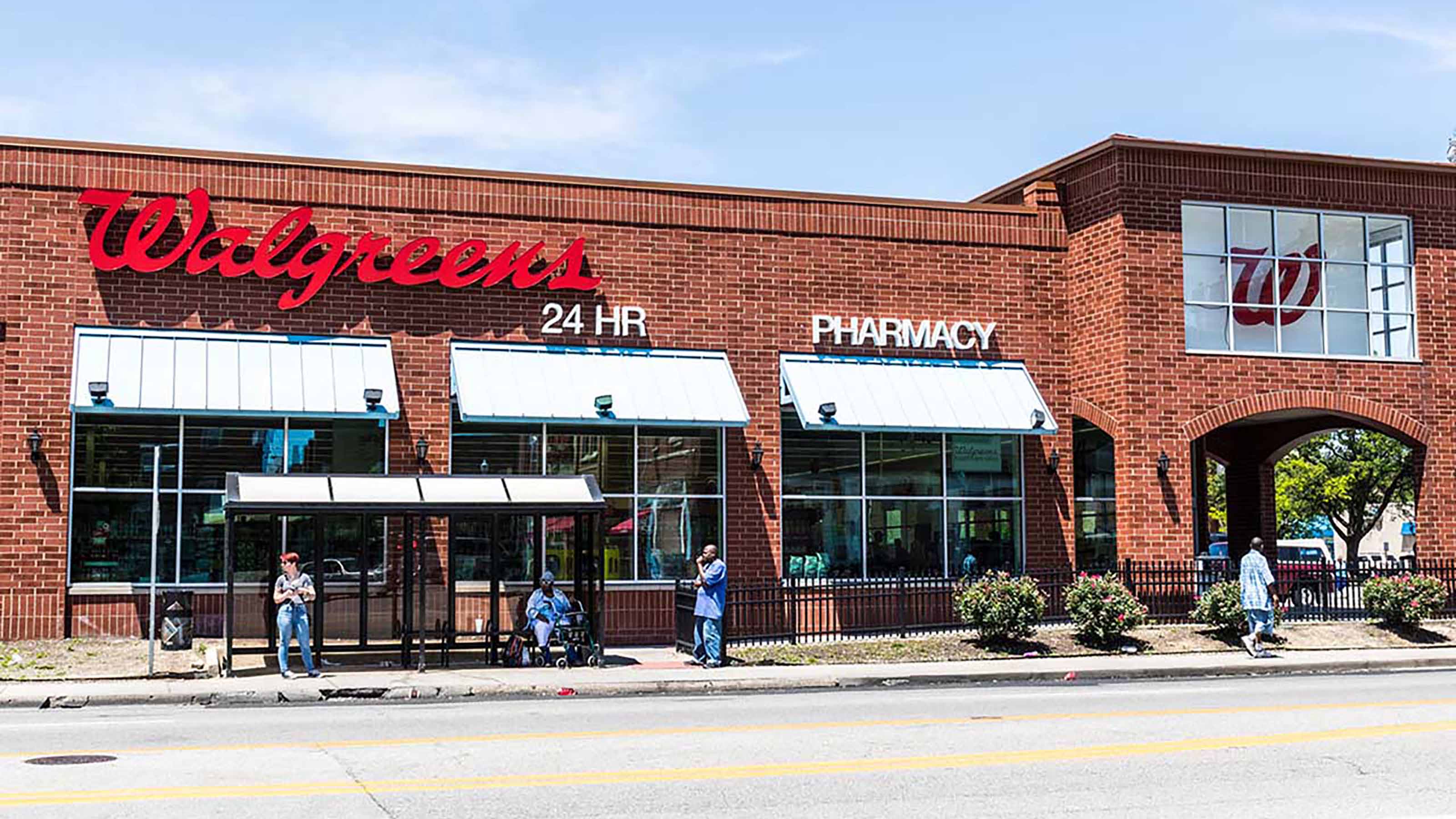
Walgreens Boots Alliance
- Market value: $34.4 billion
- Dividend yield: 4.8%
Walgreens Boots Alliance (WBA, $39.75) has been on a downward trend since 2015 and has been a Dog of the Dow since 2019.
As with many other retailers, Walgreens is struggling with post-pandemic crosscurrents amid inflation, a perennially shifting healthcare landscape and jittery consumers. WBA's plans for selling its underperforming Boots U.K. business stalled after the company failed to receive attractive bids. In June, it announced its intention to retain the business.
In addition, online pharmacies are chipping away at Walgreens' market share as consumers are provided a more convenient alternative to buying prescription drugs at brick-and-mortar stores. Amazon.com's (AMZN) entry into the pharmacy sector doesn't augur well for WBA either.
But aside from its initiative to strengthen its digital transformation to become more competitive in its pharmacy business, Walgreens is trying to make a comeback by restructuring itself into "a consumer-centric healthcare company."
To this end, there has been a flurry of dealmaking at Walgreens. Among the largest is last year's $5.2-billion investment in Village MD, which provides "primary care services" through a variety of outlets. That investment brought Walgreen's stake to 63%. Then in November of this year, Village MD announced its intention to buy urgent care provider Summit Health for $9 billion.
We've seen this movie before. CVS Health (CVS) went through such a transformative shift, most notably with its November 2018 acquisition of health insurer Aetna for an eye-popping $78 billion. CVS shares have risen about 20% since then while paying a solid 2.3% dividend. Walgreens, however, has not done anything on the scale of CVS's Aetna deal, but Cigna's (CI) healthcare unit, Evernorth, participated in the Village MD/Summit transaction, which may presage future, strategic deals at Walgreens.
The company is confident these actions will unlock "sustainable shareholder value." They are expecting an adjusted earnings per share (EPS) of $4.45 to $4.65 for the full fiscal year 2023 and raised their 2025 U.S. healthcare sales target from a range of $9 billion to $10 billion to one between $11 billion and $12 billion. From the bottom end of the old range, $9 billion, to the top of the new range is 30%, a big number, so it's fair to assume management is feeling confident.
Transformations of the kind Walgreens is undertaking take time, and in healthcare, they take a lot of time. Getting paid more than 5% to wait might seem prudent, given the macros driving healthcare. But the devil is in the details, and in healthcare, there's a lot of them.
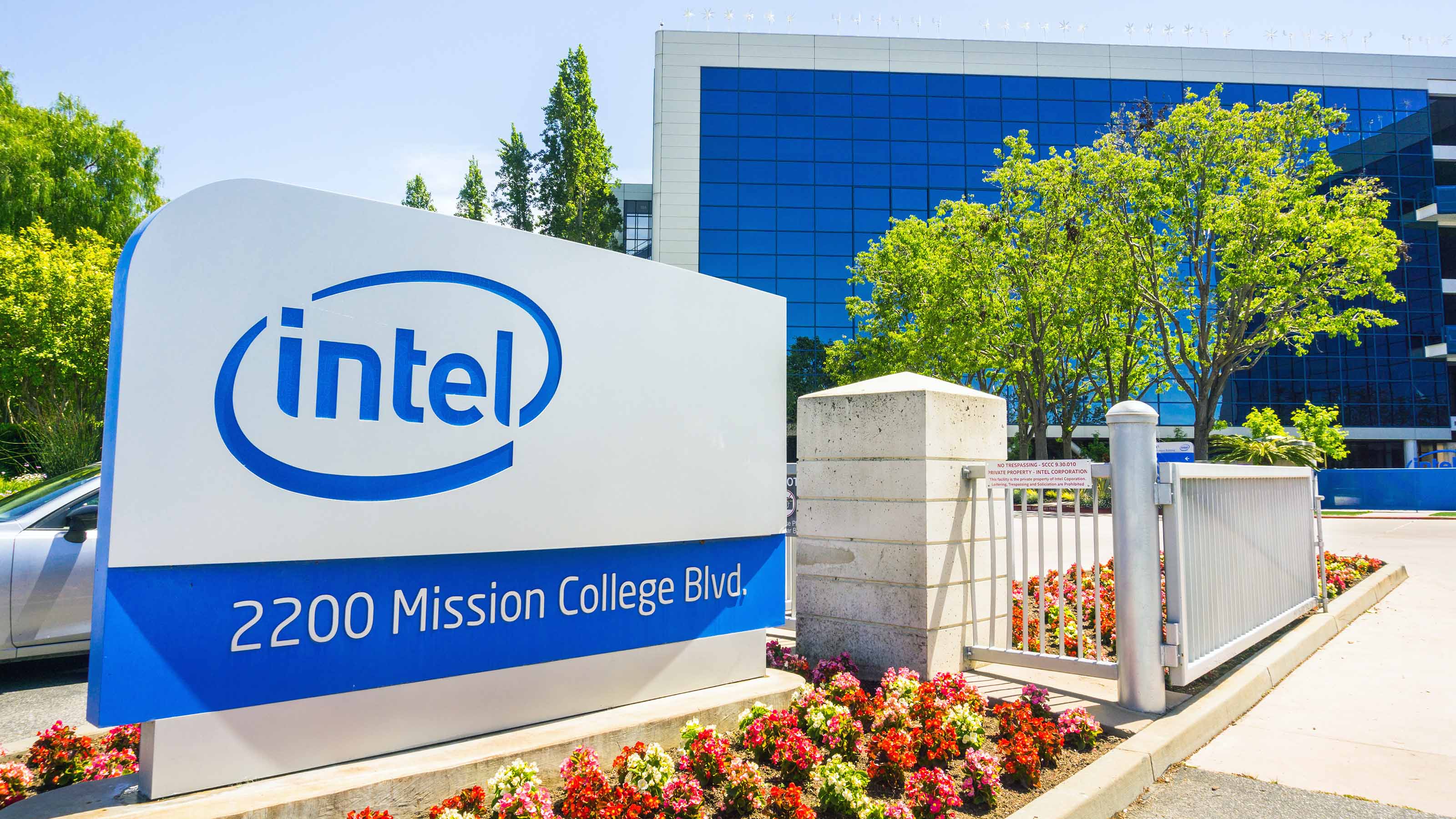
Intel
- Market value: $123.3 billion
- Dividend yield: 4.9%
Intel (INTC, $29.87) has been one of the most severely hit names in a terrible year for the tech sector. The stock is down 42% for the year-to-date, following a disappointing second-quarter performance where its EPS was off 79% year-over-year, and revenue dropped 17%. Recently reported third-quarter earnings were mixed, neither confirming recovery nor presaging disaster.
The company has been losing market share to competitors after falling behind Advanced Micro Devices (AMD) in chip innovation and to Taiwan Semiconductor Manufacturing (TSM) in fabrication. Compounding these woes is slowing PC demand. Net-net, rumors and reports of forthcoming layoffs from this tech giant may be well-founded.
The gray cloud hanging over Intel is writ large in the initial public offering (IPO) of its Mobileye Global (MBLY) unit which it acquired for $15.3 billion in 2017. The once ebullient valuation of $50 billion was significantly lowered to $17 billion – just a tad more than what Intel originally acquired it for – when the self-driving car company went public late last month.
Intel's strategy going forward seems to be doubling down on its manufacturing capability, beginning with its $20-billion project in Arizona for two fabrication facilities. The strategy is to offer its services to produce chips designed by other companies such as Qualcomm (QCOM) and Amazon, among others, to help alleviate supply-chain challenges and to minimize the reliance of U.S. companies on foreign manufacturing. While sound amid surging chip demand, Intel will find a stout competitor in Taiwan Semiconductor, the global leader in chip manufacturing and newest member of the Berkshire Hathaway equity portfolio.
Of course, all these construction plans consume capital, hence the decline in Intel's free cash flow seen in its second-quarter report. Numerically, it's possible that capital expenditures will squeeze the dividend. Management would be loathed to cut it, but in the uncertain semiconductor landscape, anything is possible.
While tinkering with the dividend would likely hit shares, if the diversion of funds toward growth pays off, shareholders could be rewarded. After all, putting capital at risk to invest in growth is how capitalism is supposed to work. One wildcard: Intel is expected to be a main beneficiary of the recently signed CHIPS Act to support plans to rescale its manufacturing capability.
Volatility is still a concern in the near term. Shares are trading at 2014 levels. There is a path to growth, but Intel will need to thread the needle.
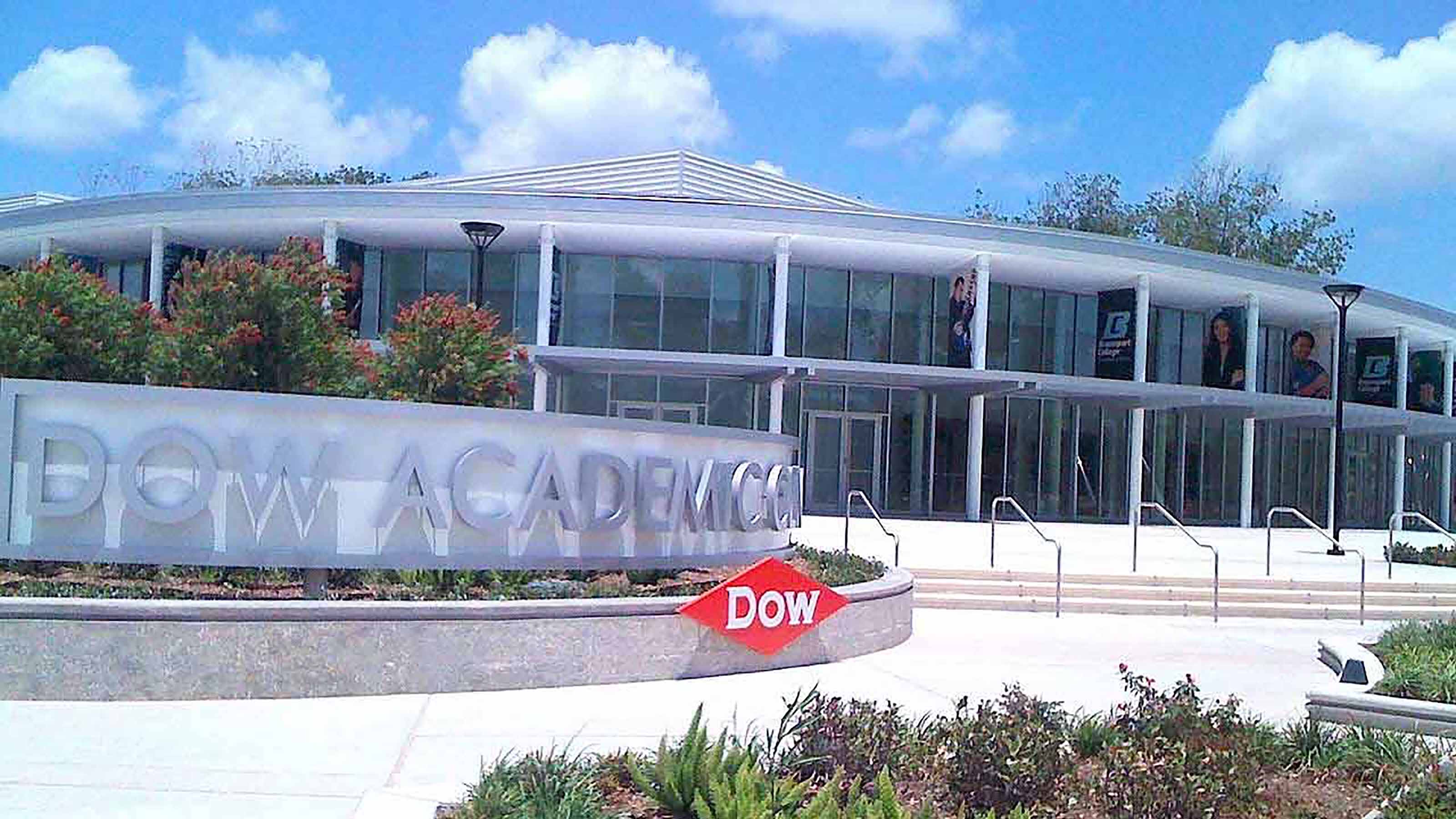
Dow
- Market value: $35.2 billion
- Dividend yield: 5.6%
Dow (DOW, $50.07) is in the doghouse, and perhaps well it should be given declines and lumpiness in earnings. However, the company might be forgiven in as much as the chemicals business is cyclical. And if you are waiting for the chemical business to come back, getting paid just over 6% is a tenable position for many investors.
The most recent earnings report from Dow might give investors confidence that it is on the upswing, with the company beating the consensus earnings estimate. However, keep in mind, the total net income was off 55% from a year ago. The nine-month performance was a little more upbeat, with net income off just 14%. Further, it forecast current-quarter sales below expectations and said it expects a $400 million hit to core profit from cost and inflationary pressures. Clearly, Dow sees some bumps in the road ahead.
Remember, it was just three years ago that Dow was spun out of DuPont (DD), and is still finding its sea legs. Of course, it was just seven years ago that the two merged, with CEO Ed Green promoting the idea that the "transaction is a definitive step toward unlocking higher value." Apparently not, as one look at DuPont's chart shows share prices trading below 2015 levels.
Still, despite the haze and madness that sometimes permeates the executive suite, Dow is well-resourced in ways that may help it through the haze and madness going on in the world right now.
First, the company puts a bit of effort into touting "feedstock flexibility," which are the inputs to make chemicals, as a competitive advantage, and it's more than management speak. Dow has strategically located its facilities close to low-cost sources.
In addition, it's invested in the technology to deploy production units, known as "crackers," so that it can quickly adjust to upstream changes with suppliers and downstream requirements from customers. Net-net, Dow is well-positioned to manage rising costs and feedstock bottlenecks, which may materialize in abundance in the coming year.
Plus, Dow is cutting costs, about a billion in the coming year, which theoretically, should go right to the bottom line.
Dow just might have enough momentum to achieve the escape velocity from the doghouse. But it will need an assist from the global economy, which may or may not be on tap.

Verizon Communications
- Market value: $161.9 billion
- Dividend yield: 6.8%
The last time Verizon Communications (VZ, $38.55) was not among the top five Dogs of the Dow was in 2009. VZ has been in the doghouse so long, the reasonable investor might question whether it will ever get out. The telecom business is tricky, and every time Verizon zigs, telecom zags. The latest example was in 2021 when the company spent nearly $46 billion – more than any other major telecom company – on broadband licenses in anticipation of a 5G world that has yet to materialize.
At current prices, VZ stock is at 1997 levels. One reason to consider Verizon at the moment is the dividend yield. At current levels, it nearly equals the 7.3% annualized return on the S&P 500 for the last 50 years. (The total annualized return of the SPY during that time frame, which includes dividends, is 10.3%.)
Verizon is a dividend grower, though modestly so, at an average annual rate of 2.4%. But intrepid investors who take the plunge with VZ now will see this add to their already spectacular yield.
All this suggests that buying VZ now requires faith that it can maintain its dividend. Can it? A look at the cash flows for the first six months of the year shows about $5.4 billion in dividends paid, which was covered more than three times over by almost $18 billion in cash flow from operations. (Last year, dividend coverage was nearly 4x.) Even if performance deteriorates, there's plenty of cushion, though if a downturn was bad, Verizon would need to make some difficult decisions about reinvesting in the business.
Verizon sports an eye-popping $136 billion in debt, but is a strong enough credit to be able to refinance this out into the future ad infinitum. Indeed, the current portion is just $13 billion. For this reason, and its strong cash flows, Value Line rates the stock A++ for financial strength, a designation that no other telecom has, including AT&T (T).
So, if you are going to buy VZ, buy it for a dividend that can keep you even with the broad market indexes. Capital appreciation may be part of the picture, but there is no immediate visibility on it. If you adhere to the Dogs of the Dow strategy, you may likely find you will be overturning your position in VZ come this time next year.
Get Kiplinger Today newsletter — free
Profit and prosper with the best of Kiplinger's advice on investing, taxes, retirement, personal finance and much more. Delivered daily. Enter your email in the box and click Sign Me Up.

-
 The AI Doctor Coming to Read Your Test Results
The AI Doctor Coming to Read Your Test ResultsThe Kiplinger Letter There’s big opportunity for AI tools that analyze CAT scans, MRIs and other medical images. But there are also big challenges that human clinicians and tech companies will have to overcome.
By John Miley Published
-
 The Best Places for LGBTQ People to Retire Abroad
The Best Places for LGBTQ People to Retire AbroadLGBTQ people can safely retire abroad, but they must know a country’s laws and level of support — going beyond the usual retirement considerations.
By Drew Limsky Published
-
 Stock Market Today: Stocks Surge to Close a Volatile Week
Stock Market Today: Stocks Surge to Close a Volatile WeekIt was another day with a week's worth of both news and price action, but it ended on a strongly positive note.
By David Dittman Published
-
 Stock Market Today: Uncertainty Proliferates: Dow Loses 1,014 Points
Stock Market Today: Uncertainty Proliferates: Dow Loses 1,014 PointsWeaker-than-expected consumer inflation data wasn't enough to stabilize sentiment during another volatile day for financial markets.
By David Dittman Published
-
 Stock Market Today: Tariff Pause Triggers 3,000-Point Dow Rally
Stock Market Today: Tariff Pause Triggers 3,000-Point Dow RallyThe bond market is sending concerning signals as the Trump administration executes its rapid reordering of global trade relationships.
By David Dittman Published
-
 Stock Market Today: Tariff Talks Drive Another Up-and-Down Day
Stock Market Today: Tariff Talks Drive Another Up-and-Down DayTrade war negotiations are happening, but the "fear gauge" is gyrating, and investors, traders and speculators are still searching for signs of a bottom.
By David Dittman Published
-
 Stock Market Today: Trump Pushes Dow Into 2,600-Point Swing
Stock Market Today: Trump Pushes Dow Into 2,600-Point SwingTariffs and trade war weigh on prices across global financial markets, with little light at the end of the tunnel.
By David Dittman Published
-
 Stock Market Today: Dow Drops Another 2,231 Points to Hit a Correction
Stock Market Today: Dow Drops Another 2,231 Points to Hit a CorrectionThe Nasdaq Composite, meanwhile, entered a new bear market with its latest slide.
By Karee Venema Published
-
 Stock Market Today: Dow Dives 1,679 Points on Trump Tariff Shock
Stock Market Today: Dow Dives 1,679 Points on Trump Tariff ShockU.S. stocks lost roughly $3.1 trillion in market cap on Thursday – the biggest one-day decline since the start of the COVID-19 pandemic in March 2020.
By Karee Venema Published
-
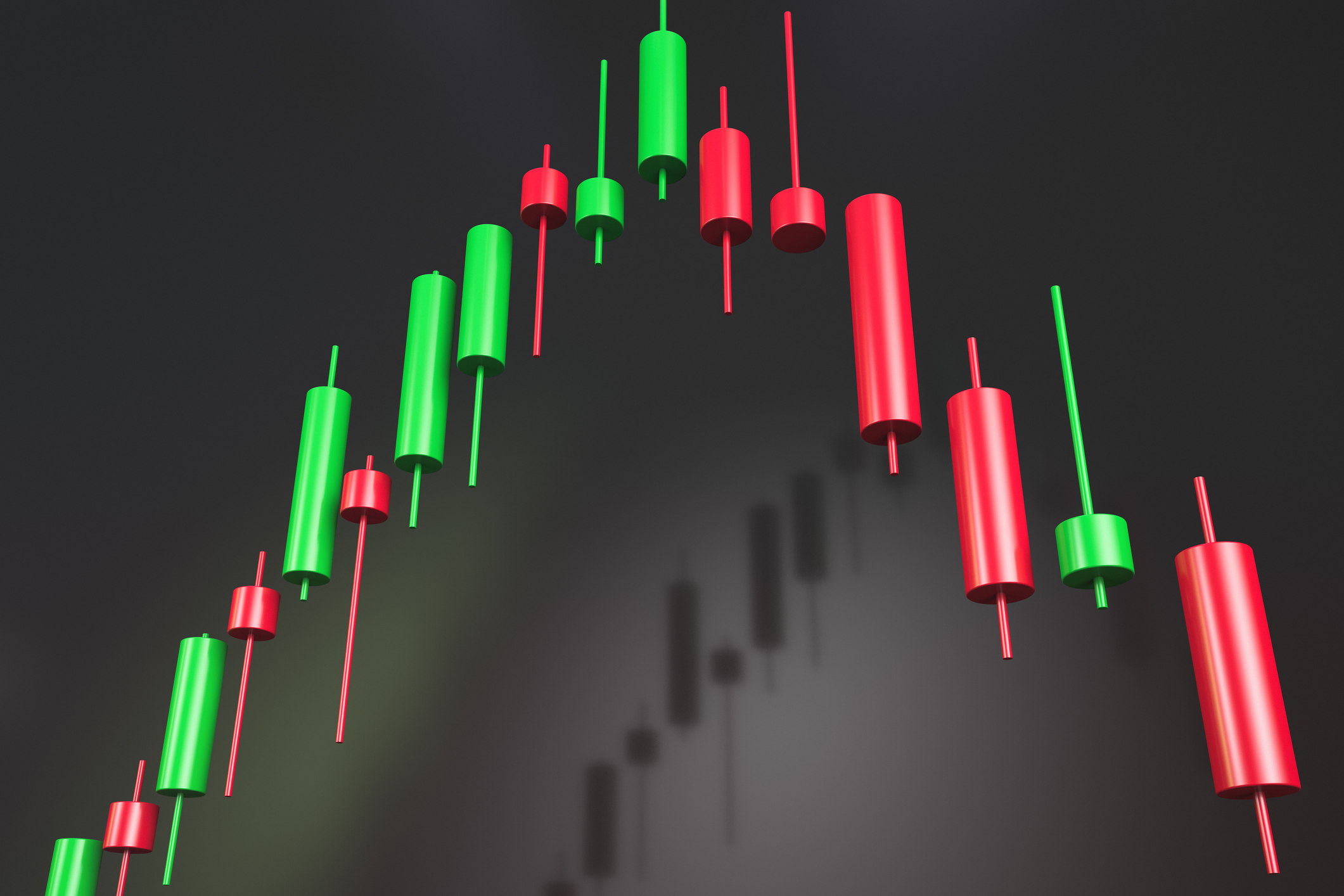 Stock Market Today: It's the Old Up-Down Again on Liberation Day
Stock Market Today: It's the Old Up-Down Again on Liberation DayMarkets look forward to what comes with the reordering of 80-year-old global trade relationships.
By David Dittman Published
